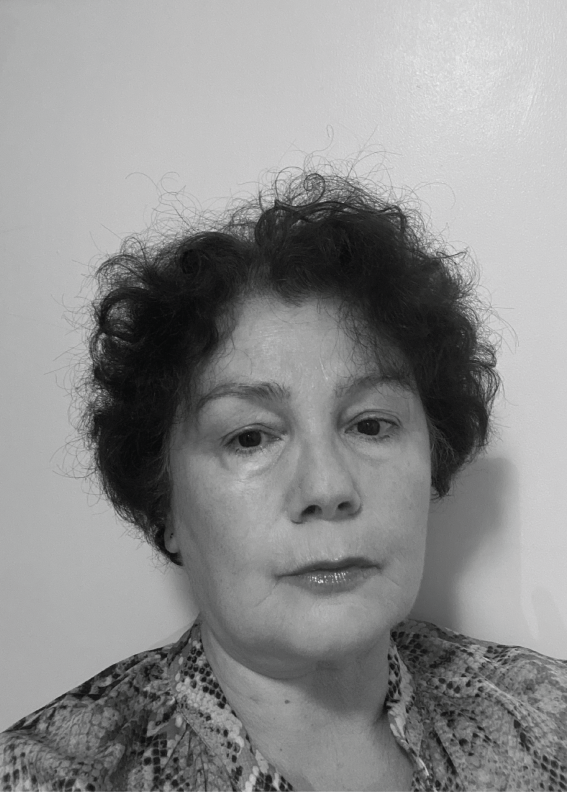Open until 12:30 am

VALÉRIE GONZALEZ
VALÉRIE GONZALEZ is research associate at the School of Oriental and African Studies University of London. She is a specialist in Islamic art history, aesthetics and visual culture. She obtained a Ph.D. in Islamic studies from the University of Provence Aix-Marseille, and a Master of Fine Arts, School of Fine Arts, Marseille-Luminy. Her research addresses conceptual issues and creative processes in Islamic artistic practices past and present such as figurality, abstraction, pictorial metaphysics or the philosophy of ornament. Her interdisciplinary methodology ranges from art criticism and theory, philosophy and phenomenology, to linguistics, as well as the comparison with global arts. She also writes for contemporary artists of Muslim heritage and/or inspired by Islamic aesthetics. She was awarded scholarships from the Kunsthistorisches Institut-Max-Planck-Institut, Florence, Italy, the Getty Research Institute, Los Angeles, the Aga Khan Program for Islamic Architecture in MIT, and the Institute for Advanced Study, Princeton. Her books include “Aesthetic Hybridity in Mughal Painting, 1526-1658” Ashgate 2015; “Le piège de Salomon, La pensée de l'art dans le Coran,” Albin Michel, 2002, and « Beauty and Islam, Aesthetics of Islamic Art and Architecture” IBTauris, 2001. In 2004, her article “The Comares Hall in the Alhambra and James Turrell’s Space that Sees: A comparison of Aesthetic Phenomenology”, (Muqarnas, 20) won the Eisenstein Prize.
Semiotic Outside, Phenomenological Inside: New Hermeneutics of the Mosque
This paper proposes to analyse mosque architecture with a new methodology mixing semiotics and phenomenology. This project is based on the observation that the institution of the mosque presents a double function depending on how it is experienced, from the outside or from the inside. While the latter frame the metaphysical acts of prayer, dhikr (remembrance) and divine love within a space inscribed in Islamic cosmology, the former posits the building as a set of visual signs organizing the urban surroundings into an Islamic social space conceived of as the earthly abode of the Muslim community. These two distinct functions, corresponding to the two planes of the exercise of Muslim piety, the metaphysical and mundane planes, complete one another and fulfil the needs of the faithful as both a conscious individual and a part of a collective body cemented through a shared life lived under God’s guidance. The mihrab pointing to Makkah, mentally anticipated by the faithful outside the mosque and physically encountered inside of it, articulates these two correlated phenomenological operations of mosque architecture whereby the faithful’s consciousness of duty towards both peers and God is heightened. While semiotics will help decode the sign system encoded in the mosque’s exterior, phenomenology will be the tool to unravel the semantic-aesthetic properties of the mihrab as the producer of eidetic thoughts giving the faithful this sense of belonging to the Ahl al-Qibla in the service of God.

